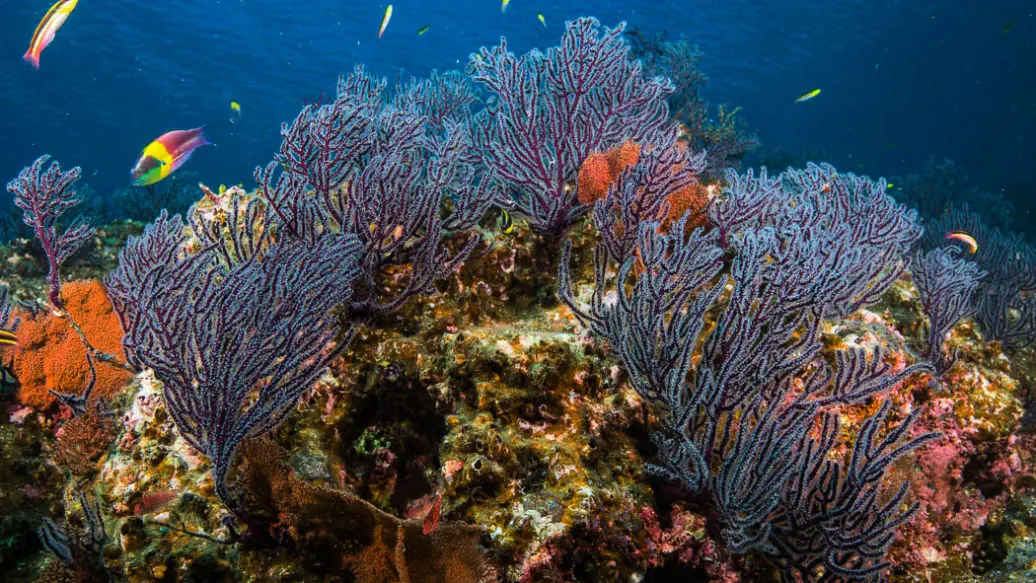
10 Fascinating Facts About the Reefs of the Sea of Cortez
The Sea of Cortez—also known as the Gulf of California—has long been described as “The Aquarium of the World,” a nickname given by famed ocean explorer Jacques Cousteau. Among its greatest natural treasures are its reefs. While not as extensive as the barrier reefs found in other parts of the world, the reefs here play a critical role in one of the most biologically rich marine environments on the planet. From volcanic rock structures to coral gardens bustling with life, these ecosystems hold secrets worth exploring.
Here are 10 captivating facts about the reefs in the Sea of Cortez:

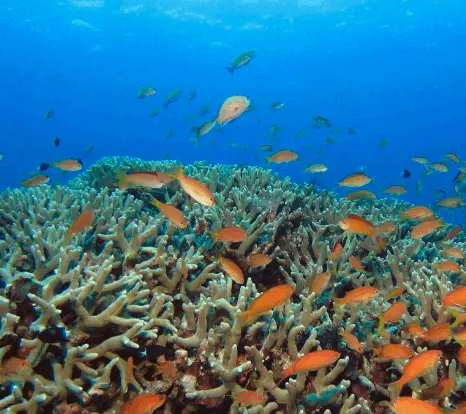
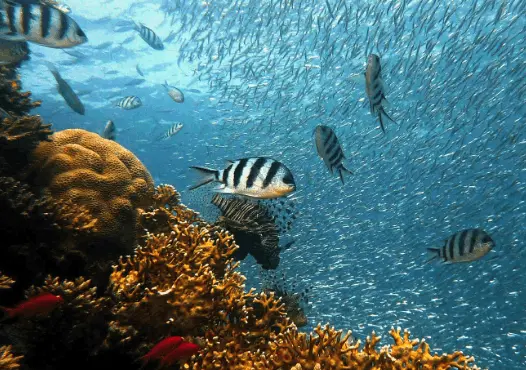

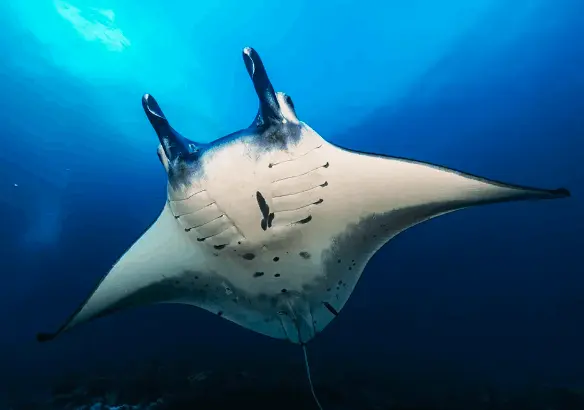
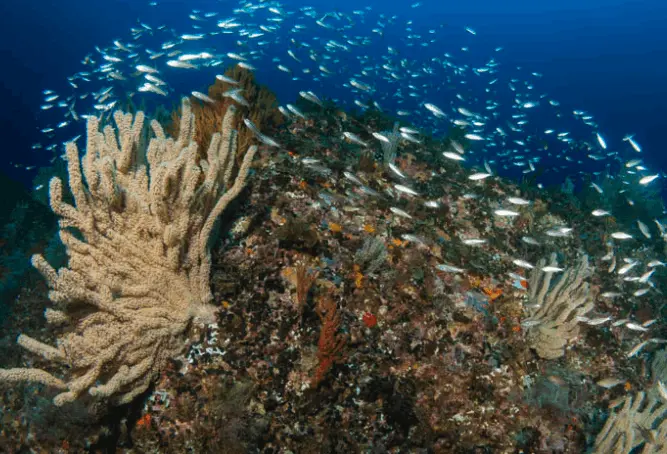
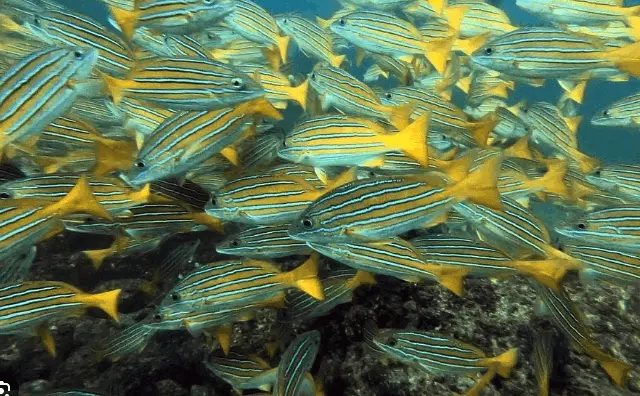
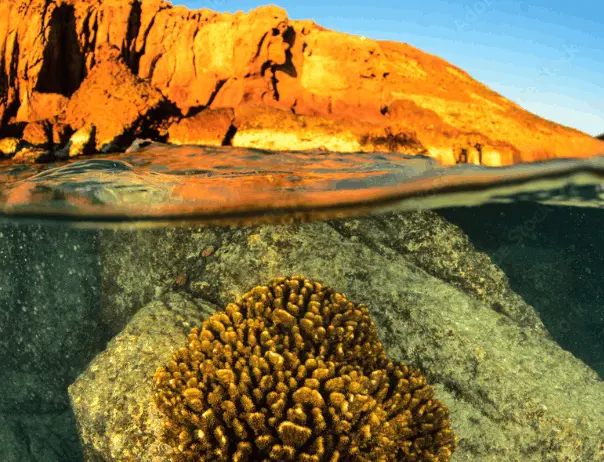

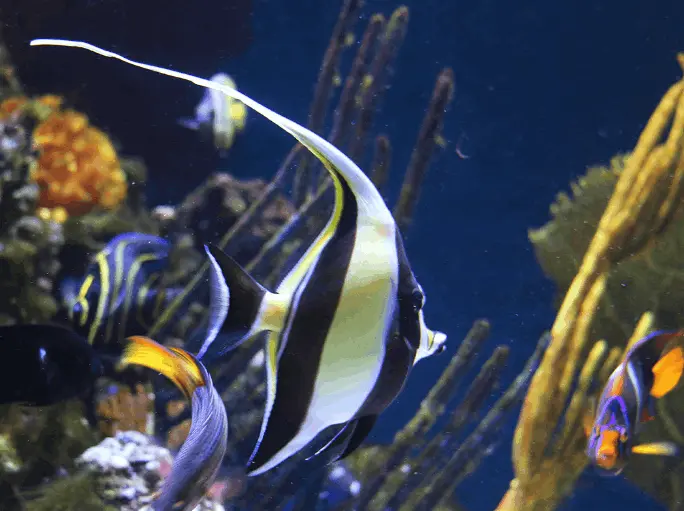
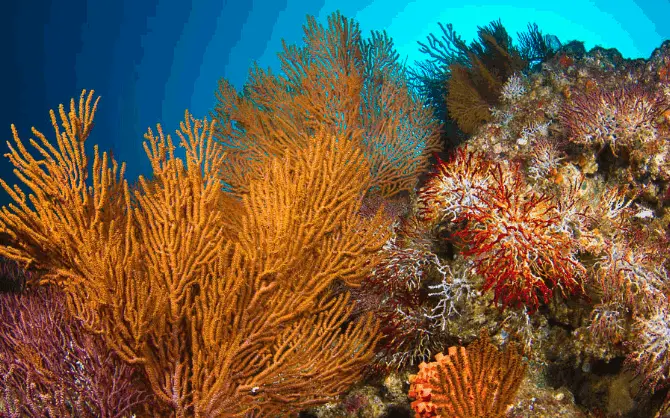
Follow Us